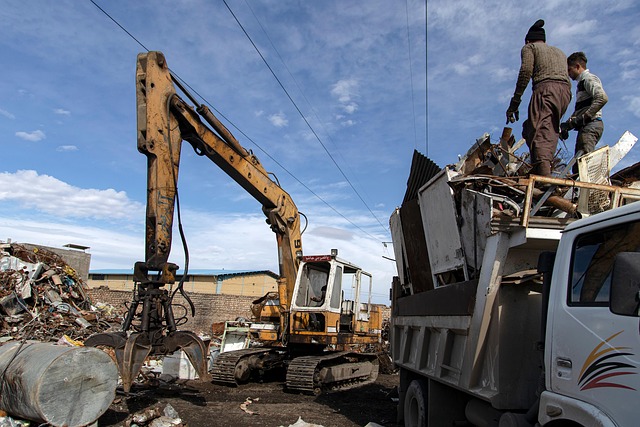In real estate, tenant leases are crucial legal documents that establish clear expectations between landlords and tenants, covering duration, rent, modifications, and security deposits. They foster partnerships by outlining responsibilities for improvements, ensuring fair practices. Effective management of lease endings involves advance communication, detailed record-keeping, and timely repairs to minimize disruption and maximize opportunities for both parties.
In the dynamic landscape of real estate, effectively managing tenant leases and improvements is paramount. This comprehensive guide navigates the intricate aspects of lease agreements, focusing on key terms and conditions that underpin successful relationships with tenants. We explore the significant role of improvements in enhancing property value and discuss best practices for seamless lease endings and tenancy turnover. By delving into these strategies, real estate professionals can optimize their portfolio’s performance and foster positive tenant experiences.
Understanding Tenant Leases: Key Terms and Conditions

In the real estate world, understanding tenant leases is paramount for both landlords and tenants alike. These legal agreements are a cornerstone of rental relationships, outlining rights, responsibilities, and expectations. Key terms such as lease term, rent amount, late fees, and security deposits are non-negotiable and must be clearly defined to avoid misunderstandings. Landlords should also be aware of specific conditions related to improvements and modifications to the property, ensuring these align with local regulations and contractual stipulations.
Tenant leases often include clauses detailing allowed and prohibited alterations, with some agreements mandating landlord approval for any structural changes. This provision is crucial as it safeguards the investment in the property and maintains its value. By comprehending these fundamental lease conditions, real estate stakeholders can foster a harmonious tenancy, minimise disputes, and ensure a mutually beneficial arrangement throughout the lease period.
The Role of Improvements in Lease Agreements

In real estate, lease agreements aren’t just about defining terms and conditions; they are a framework for fostering mutually beneficial relationships between landlords and tenants. Improvements play a pivotal role in this dynamic. When a tenant makes enhancements to a property, whether it’s adding new fixtures, renovating common areas, or implementing sustainable solutions, it increases the property’s value and marketability. This, in turn, benefits both parties—the landlord enjoys a more attractive asset, while the tenant enjoys a tailored living or working environment.
Furthermore, lease agreements should clearly outline who is responsible for funding and maintaining these improvements. Defining these roles ensures that any added value is reflected accurately in the lease terms, promoting fair practices in real estate transactions. This transparency encourages tenants to invest in the property’s longevity while guiding landlords on their expectations regarding the asset’s upkeep.
Best Practices for Managing Lease Endings and Tenancy Turnover

Effective management of lease endings and tenancy turnover is a critical aspect of real estate. When a lease expires, it’s crucial to have a systematic approach to minimize disruption and maximize opportunities for both tenants and landlords. One best practice is to initiate conversations with tenants well in advance of lease expiration, providing ample notice and allowing time for planning. This open communication ensures a smooth transition process.
Additionally, real estate professionals should maintain detailed records of tenant preferences, improvements made, and any outstanding issues. A thorough understanding of these factors facilitates the task of preparing units for new tenants, ensuring that necessary repairs or upgrades are completed promptly. By efficiently managing lease endings, landlords can maintain positive relationships with former tenants and create a seamless experience for new occupants.






